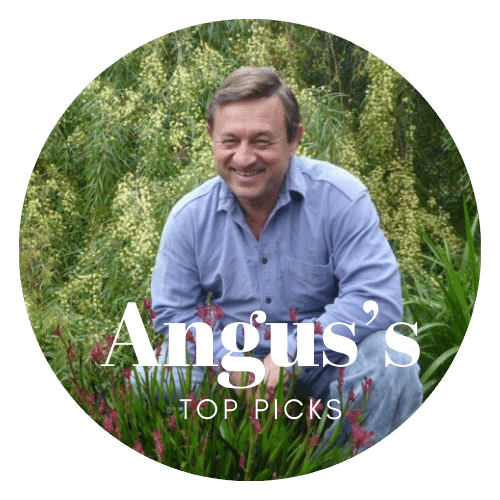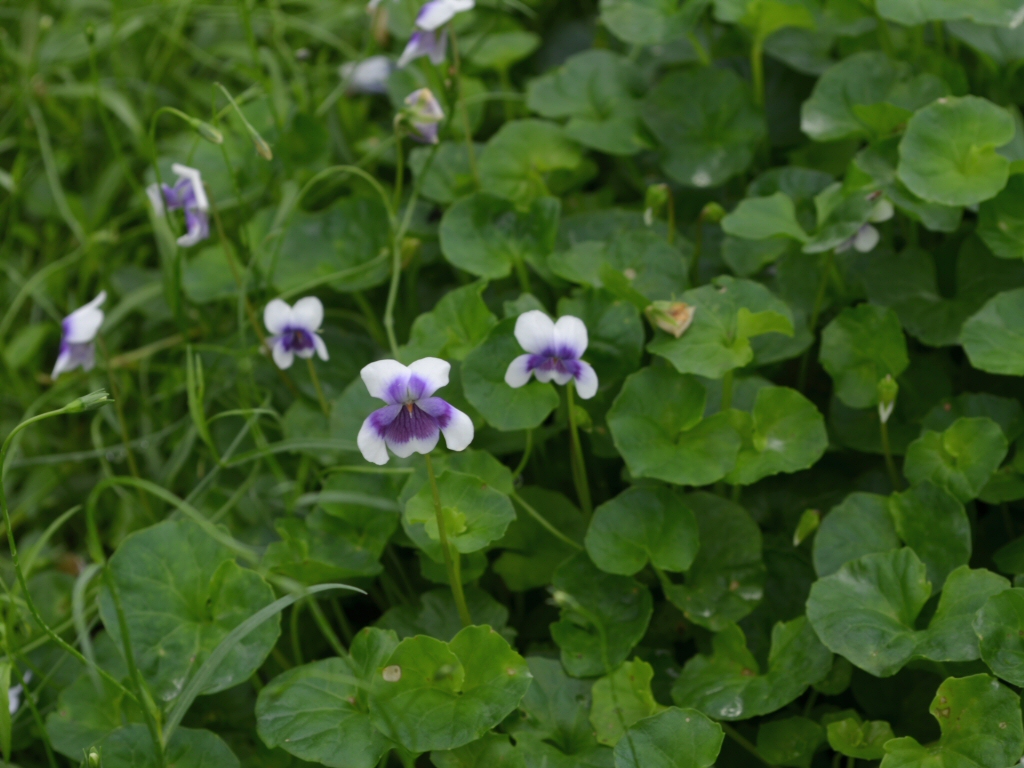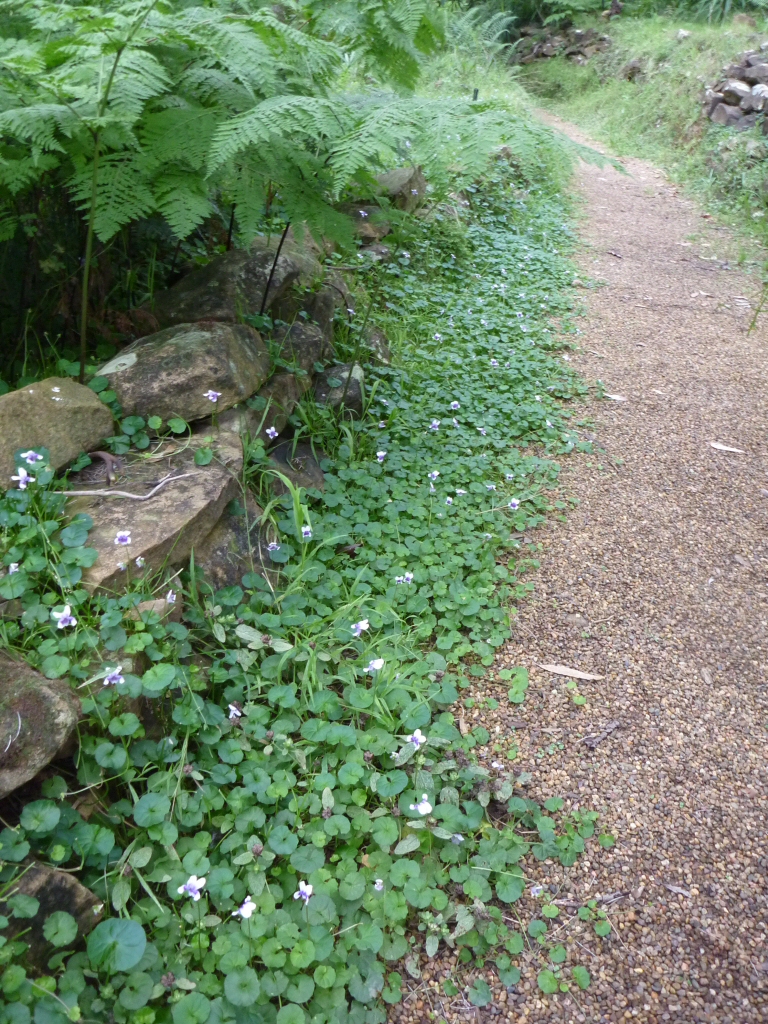A hardy and useful spreading ground cover for shady areas with charming small white flowers with purple markings. It has heart shaped mid green leaves. It spreads by underground runners, and can cover large areas if the conditions suit it. It does best in moist soil that has some organic matter, but will tolerate a wide range of situations. Though harder growing conditions can lead to a less lush appearance or even what looks to be die back, the plant can survive because of the underground runners, and pop back into life once conditions are better. Propagation is simple, dig up a section of plant with roots attached and replant where you want them. The original plant will regrow. It can be used for a lawn substitute if it doesn’t get much foot traffic and if it gets regular care. It has been realised that the plant commonly grown as Viola hederaceae is actually the original Viola banksii plant collected and named by Joseph Banks in 1770 at Botany Bay, which is more eye catching than the less common Viola hederacea.


